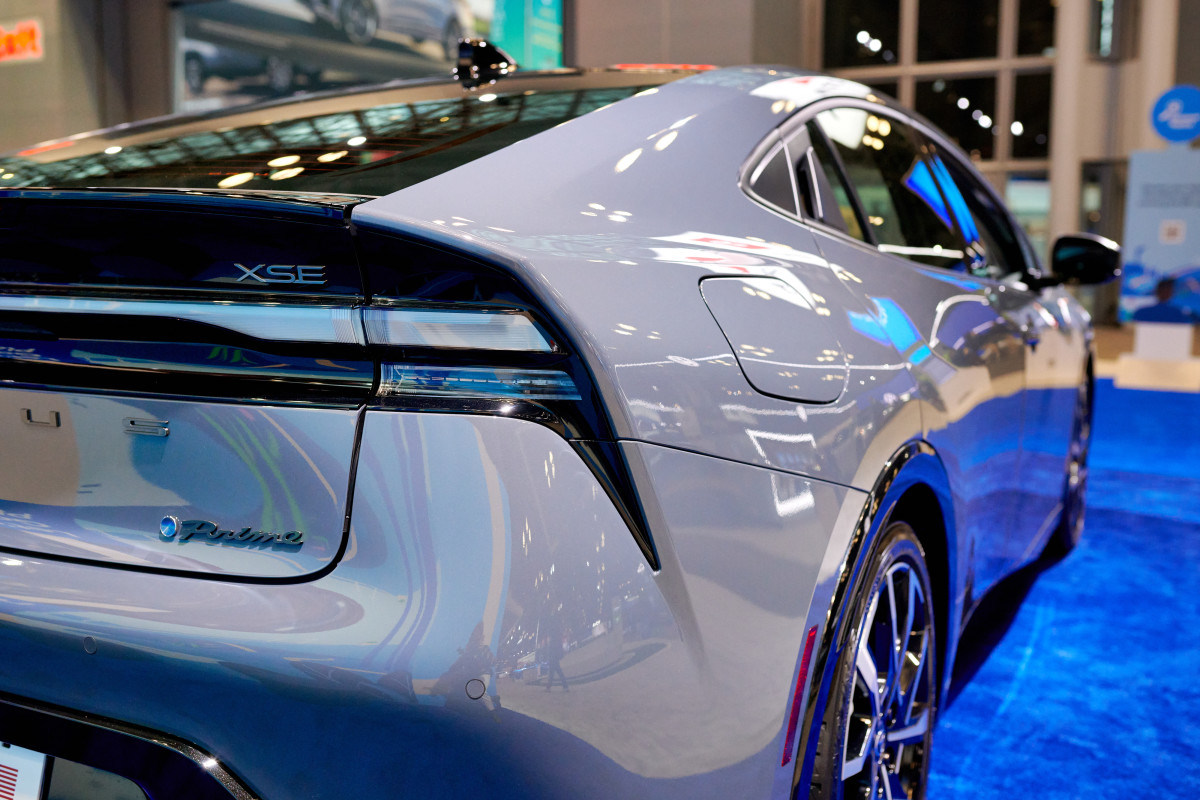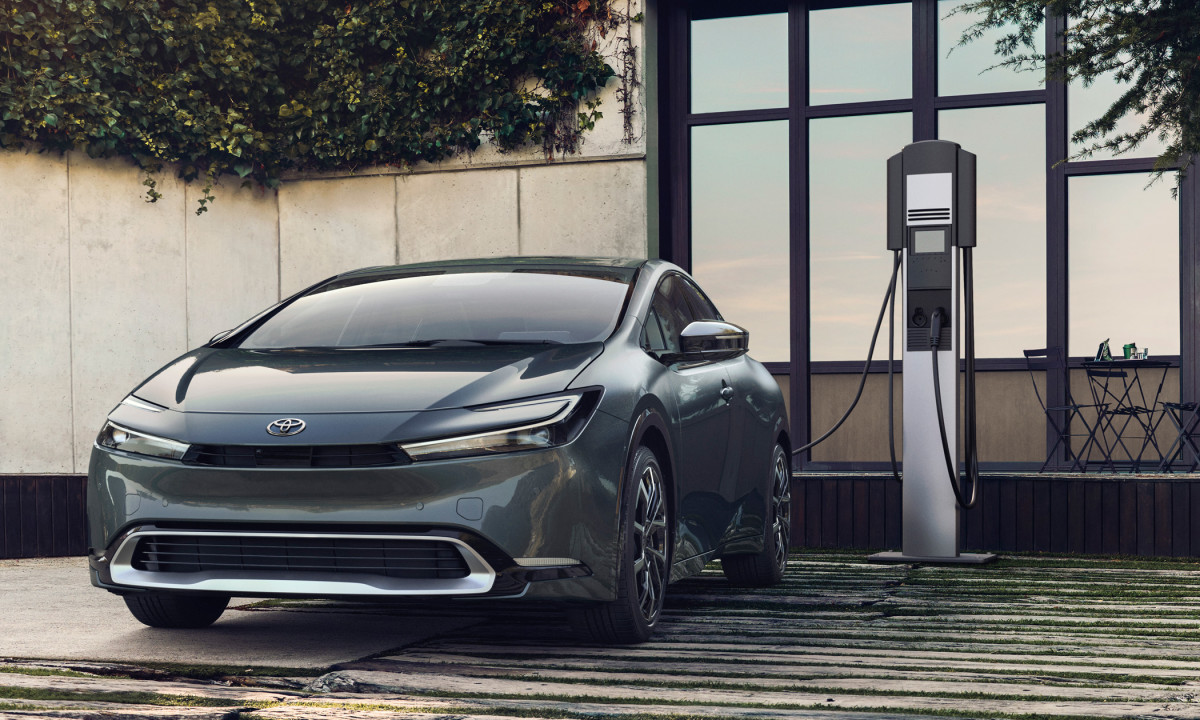
Plug-in hybrid cars, or PHEVs for short, have become popular as an alternative to battery-electric vehicles such as those sold by Tesla or Rivian. This allows automakers to sell a diverse selection of cars to their customers and introduce everyday Americans to the benefits of EVs without the hassle of charging.
On paper, plug-in hybrids sound like a great "middle of the road" alternative to EVs. They run on gas when you want it, and they can be plugged in to charge like a traditional battery-electric car.
Although most plug-in models do not have the equivalent electric range of a full battery-powered EV like a Tesla, they are often seen as great for trips around town and left to charge overnight.
Related: Auto buyers are being exposed to a growing safety risk
Take Toyota's Prius Prime, for example. According to Toyota, the Prius Prime can run up to 44 miles on electric power, and when the batteries deplete, it still runs on the four-cylinder hybrid motor that gets up to 52 miles per gallon.
However, compared to traditional Hybrid vehicles like the famed Toyota Prius, they are more expensive to produce, more complex to engineer, heavier, and often more expensive. For instance, the plug-in Prius Prime has an MSRP of around $32,975, while the "regular" Prius starts at $27,950; a difference of about $5,000.
Additionally, to get the most out of a PHEV, drivers have to charge them at an EV charging port. However, an InsideEVs investigation found that automakers are keeping silent about how many plug-in hybrid owners actually plug in.

Toyota
Plug-in hybrid hush-hush
In recent years, automakers from Toyota to Jeep and even premium manufacturers like Audi and Porsche have been investing in plug-in hybrids as a viable, marketable alternative to traditional battery-electric vehicles.
However, these manufacturers are resting a lot of faith on the idea that buyers are being properly educated on how to plug in their cars and that their buyers actually plug in.
Most of these cars send all types of data back to the manufacturer, but InsideEVs found out that the actual data of whether its PHEV drivers plug in their plug-ins or not is a closely guarded secret.
In their findings, Toyota and Jeep refused to provide any data, despite the latter boasting in an October 2023 Detroit Free Press article that over "90%" of Jeep 4xe owners it surveyed charged their cars an average of 5 times a week.
Hyundai and Mitsubishi do not track charging data. However, Kia reported to the Detroit Free Press that 70% of its Niro Plug-in Hybrid owners, 80% of Sorento Plug-in Hybrid owners, and 62% of Sportage Plug-in Hybrid owners plug in their cars on a daily basis.
On the other hand, 2019 data from Volvo showed that its PHEVs covered 37% of their total miles in what it calls "Engine Off" mode. A spokesperson for the Swedish brand said that due to the increased battery size and electric range of recent models, the number may be higher for recent models.
More Automotive:
- Hyundai pressured dealers to play dirty sales trick, lawsuit alleges
- Ford CEO sends a stern warning for American car buyers
- Analysts have a bleak outlook for car dealers after CDK cyberattack
Regulators' Roadblock
The automaker's push to plug-in hybrids comes amidst an EV slowdown. The transition to fully electric vehicles is anticipated to take much longer due to various factors that affect the viability of EV ownership.
Although regulators like the EPA have published updated rules that lower the threshold of EVs amongst total vehicle sales from 67% to 56% by 2032, the regulators have given more leeway for gas-powered cars.
Automakers could comply by producing more gas-electric hybrids, such as plug-ins, which would make the EV alternatives more of a temporary fix than leeway for meaningful progress.
According to a Reuters investigation, the updated rules, which allow gas-burning hybrids and plug-in hybrids to count towards EVs, will increase the average-per-mile carbon emissions of light-duty vehicles by 14% between 2027 and 2032 compared to the original proposal.
Additionally, Reuters pointed out that the EPA already knew of the possibility of plug-in hybrid owners not plugging in their cars and even proposed changing the outdated formula for plug-in hybrid emissions with one that accounts for realistic expectations. However, automakers pressured the EPA to keep the outdated formula, which cut them some slack until 2031.
Related: Veteran fund manager picks favorite stocks for 2024







